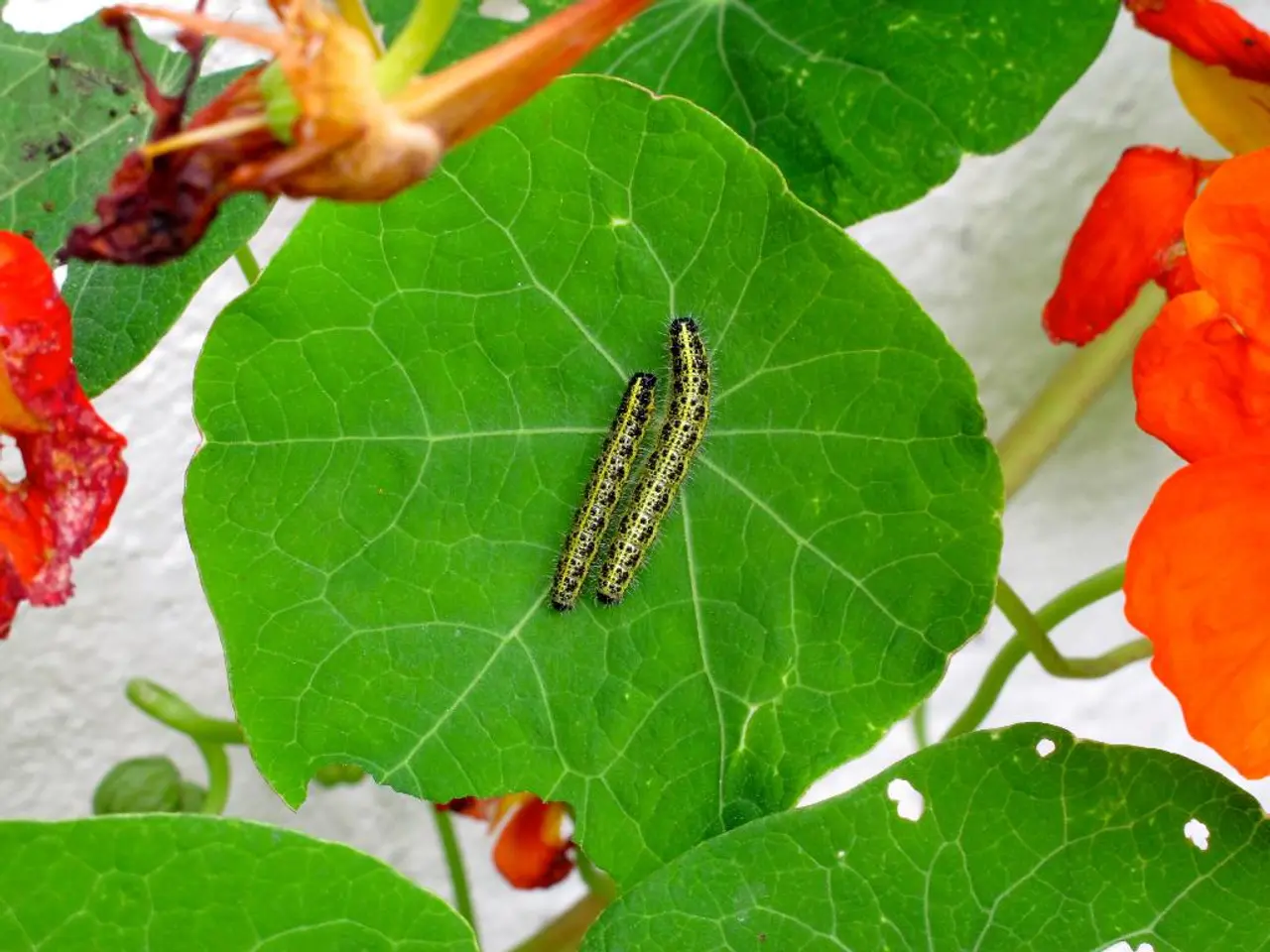Worms develop methods to enhance food gathering by adjusting their reactions to social signals
In a groundbreaking study published in the prestigious journal eLife, researchers have shed light on the foraging behaviors of Caenorhabditis elegans worms. The study, led by Professor Jeff Gore of the Physics department at MIT, delves into the complex interplay between food availability and sensory cues in these tiny organisms.
The research reveals that C. elegans worms are capable of evaluating population density inside food patches using pheromones. Both pheromones and food availability play a crucial role in determining when the worms decide to move on to a new food resource.
Interestingly, the worms' preference for pheromones is influenced by their recent foraging experiences. Worms that have had positive experiences with foraging are more likely to be attracted to pheromones, while those that have encountered negative experiences tend to avoid them.
The study also found that worms that leave food patches early have a positive association with pheromones. Conversely, worms that leave food patches late, perhaps when resources are scarce, associate pheromones with being famished.
To better understand this intricate behaviour, the researchers developed a mathematical model to calculate the benefit to the worms of changing their preference for pheromones in a patchy environment. The model shows that the strategy that maximizes the food eaten by a worm aligns with the behaviour observed in the study.
The findings suggest that worms learn to adapt to sensory cues in their environment to optimize food intake during foraging. This research provides new insights on how sensory cues are integrated to facilitate foraging and navigation in animals.
The study was conducted in four sets of conditions: one with food and pheromones, one with pheromones but without food, one with food but without pheromones, and one without any food or pheromones. The researchers monitored how the worms reacted to a blend of pheromones in each of these conditions.
Foraging food is a critical and challenging activity for animals, with food often patchily distributed. The study focuses on how long animals should stay in a food patch before moving on to find another. The results show that worms that leave early are more likely to go to a pheromone spot, suggesting that they are making informed decisions about when to move on.
This research offers a fascinating glimpse into the complex world of worm foraging behaviour and could potentially lead to a better understanding of similar behaviours in other animals. The study provides a solid foundation for future research in this area, offering exciting possibilities for the future of animal behaviour studies.
Read also:
- Local nursing conferences receive approximately 1.17 million euros in funding
- Countries initiate efforts to prohibit smoking within vehicles
- Backed by Scientific Evidence, 11 Strong Arguments for Almond Appreciation
- Administration's effort to dismiss thousands of Health and Human Services employees denied by the court





